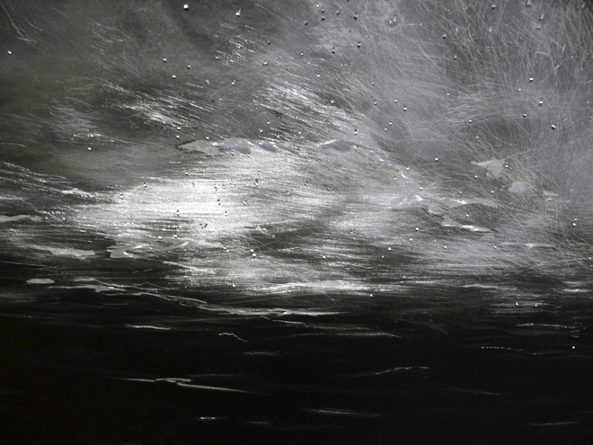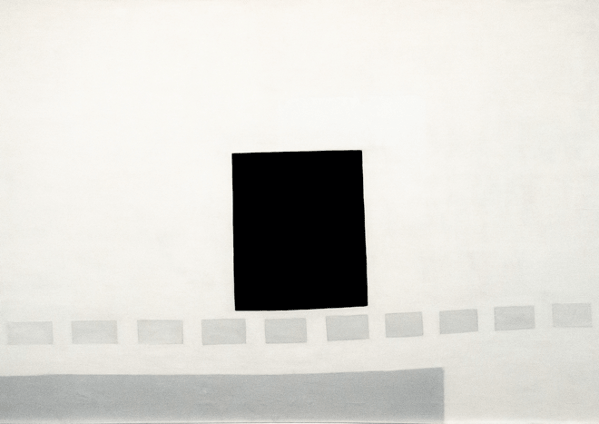19th Century French Photographers: Gustave Le Gray


- SUBSCRIBE
- ALREADY SUBSCRIBED?
BECOME A BONJOUR PARIS MEMBER
Gain full access to our collection of over 5,000 articles and bring the City of Light into your life. Just 60 USD per year.
Find out why you should become a member here.
Sign in
Fill in your credentials below.
This is the latest in a series of photo essays on early French photographers
Gustave Le Gray (1820–1884) has been called the most influential photographer of the 19th century. He devised several important technical improvements in the field and taught photography to many young French photographers, including Nègre, Le Secq, Nadar and Du Camp, all of whom I will discuss in the weeks to come.
But Le Gray himself was a fine art photographer, less concerned with technical inventions than with artistic vision:
“It is my deepest wish that photography, instead of falling within the domain of industry, of commerce, will be included among the arts. That is its sole, true place, and it is in that direction that I shall always endeavor to guide it. It is up to the men devoted to its advancement to set this idea firmly in their minds.”
— Le Gray’s Treatise on Photography (1852)
Le Gray’s famous seascapes, taken in the 1850s, certainly confirm him as an artist of the first rank. His artistic vision, fully realized in the photographs, rested upon two principles:
1) He insisted upon clear focus and precise exposure.
Gray’s subject was “the sublime” — the sense of awe that we feel when we confront the immensity, power and grandeur of the sea and sky.
To inspire awe, Le Gray insisted upon clarity in his images. A hazy image in which sea and sky are undelineated robs power from each. Overexposure does the same. For these reasons, sea and sky needed different exposure times.
Since 19th-century cameras and processes would not permit him to capture both sea and sky clearly in a single image, Le Gray crafted an ingenious solution: He shot two images of the scene, prioritizing the exposure of the sky in one, the sea in the other. Then he cut the negatives in half and combined the perfectly exposed halves of each. Through this method, he kept both sea and sky clearly in focus and properly exposed. His combined images thus maximized his capacity to provoke awe.

Seascape by Fern Nesson
2) He eschewed narrative.
Le Gray’s second artistic choice was more subtle. His seascapes evoke awe precisely because they are not linked to story. They are nature unmediated.
We, as viewers, are free to bring our own story to these photographs. We can experience ourselves as tiny in relationship to the immensity and emptiness of the sea and sky. We are invited to think of our insignificance, our mortality, or our joy. We are placed deep within nature and invited to experience its immense power, and possibly God’s.
Le Gray knew when to leave well-enough alone. Good abstract photographs do the same. They do not rely on story; they set the viewer free to experience them for himself. If the image is clear, compelling and technically spot-on, the viewer will connect with it through his own perceptions and emotions and the photographer will have succeeded in reaching him.
Stay tuned for more photo essays exploring the lives and work of 19th-century French photographers. Click here to read about Louis Daguerre.

“Sea and Sky at night” by Fern Nesson
Lead photo credit : Seascape by Gustave Le Gray
More in 19th century, French photographers, photography


